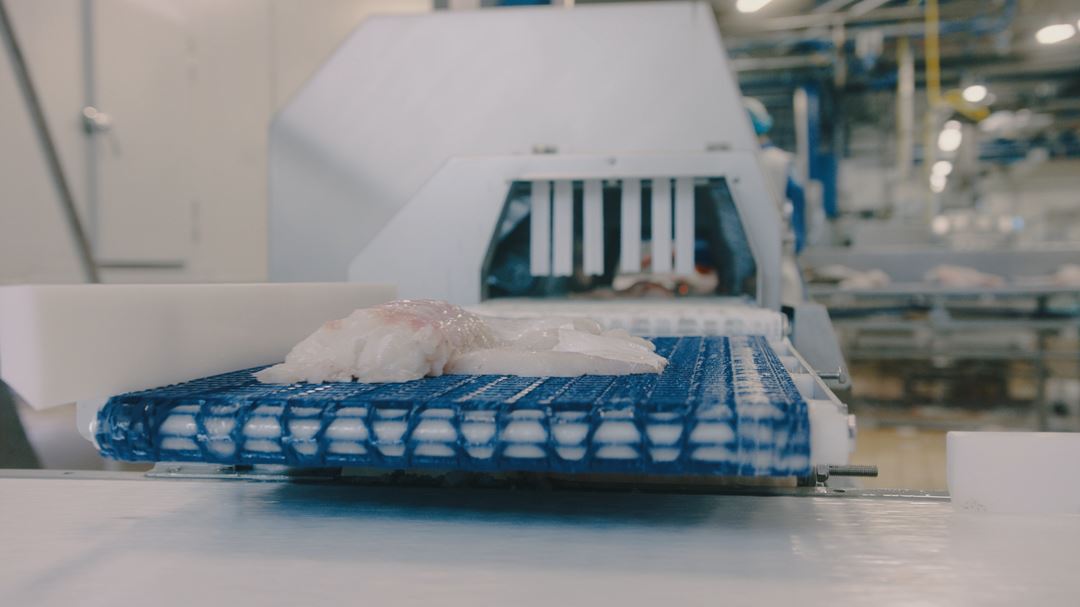All seafood caught must be sorted and processed into products of the highest possible quality. This is done during the quality sorting process (weight, species, appearance, quality deviation), during anaesthesia and slaughtering, and during processing (filleting, deboning, trimming, removing fish with parasites or other defects). Automation in the processing stage can help ensure that as much of the raw material as possible can be used as food, ingredients or feed.
The seafood industry has come a long way with automation, but there is still a need for further development and the use of enabling technology in new areas. SINTEF is leading the way in the development of innovative solutions that improve today’s processes and contribute to future-oriented solutions in automation and robotics. The solution is to design automated systems that do the job just as well as – or better than – humans. In such systems, the technology must act as the eyes, brain and hands to help reduce waste, while adapting it to process all types of seafood.
Will the seafood industry of the future operate without, or with little, human involvement? Automation of the seafood industry is increasing, and robots are steadily gaining more and more human capabilities.
Robot learning gives robots new skills that allow them to perform complex tasks and work alongside humans. Robots are performing a growing number of tasks in the industry, such as portioning, picking and packing the fish, but humans are still needed for many complicated steps, such as handling and processing foodstuffs.
SINTEF’s machine vision and robotics laboratory develops tomorrow’s automated and robotic solutions for the seafood industry. Among other things, the laboratory works on compact and flexible solutions for the bulk handling of biological raw materials, such as salmon, herring and mackerel. Further processing requires singulation, and this is something that is difficult for a robot to do. In the Neodroid project, we are teaching robots to do this and other tasks. We are also working to ensure that more products can be handled gently in the future.
Automated seafood production
Automated processes within the seafood industry involve gentle handling and food processing throughout the value chain, from fish eggs to finished product. The processes are based on computer vision (eye), artificial intelligence (brain), and robotics (hand), with a focus on full raw material utilisation.
Machine vision and image analysis are tools that can perform optical measurements or realistic depictions and make decisions based on what is observed. Close cooperation with industry and equipment suppliers is important for automating demanding operations.
Autonomous robotic washing solutions for fisheries and aquaculture industry
Another area in which automation can significantly improve processes is food production in the seafood industry. Here, good hygiene is essential. Washing is largely carried out manually, and we humans, as a source of infection and through mistakes in the performance of the work, pose an infection risk. A single mistake can affect many people. Autonomous washing solutions will be able to streamline work and offer greater control. Reduced water consumption in the washing process and reduced water flow on process equipment after washing are also important factors for preventing bacterial growth.

